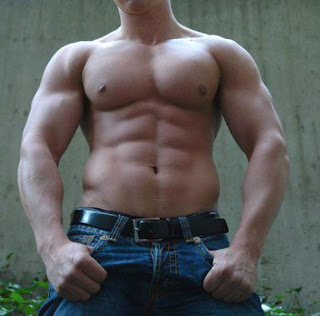 Perhaps the arm movement and rotation in the longitudinal axis of the column is about what is said in technical management. It entrendadores who claim that the arms should form an acute angle when running in the middle or low. This is a recommendation based on intuition and finds its mechanical explanation is less than the length of the lever arm, ie the smallest distance between the center of mass of the arm and shoulder joint, the lower moment of inertia generated by the movement of the arms at a given speed and thus stress, less for the muscles that control movements affecting the joint.
Perhaps the arm movement and rotation in the longitudinal axis of the column is about what is said in technical management. It entrendadores who claim that the arms should form an acute angle when running in the middle or low. This is a recommendation based on intuition and finds its mechanical explanation is less than the length of the lever arm, ie the smallest distance between the center of mass of the arm and shoulder joint, the lower moment of inertia generated by the movement of the arms at a given speed and thus stress, less for the muscles that control movements affecting the joint.The higher the rate, it seems logical to suggest that the smaller the angle between the arm and forearm. However, by virtue of the fat burner that the angle will be greater. It is argued that energy saving becomes less relevant sprint.
The reality is that not only about saving, or at least not only be explained in terms of these savings. The arms are attached to the body and pull it and so do movimimientos a counterweight to the rotation of the pelvis that occurs at each step. If we run too fast, we have to generate more force on the shoulders of a strong rotation of the pelvis against. If we keep the elbow at an acute angle, it must also accelerate the movement of the arms to generate an appropriate reaction force. The problem is that moving the arm faster, before they reach the borderline range of shoulder motion and force us to increase stride frequency for compactness not move his arms and legs.
However, when we are low or medium levels, bring your elbows wide (wide angle between the forearm and arm) means greater influence and generate greater strength in the shoulder that is transmitted through the leaf of the column and shoulder and shoulder of the spine, which would be more difficult to work on shoulder muscles and controlling the rotation of the column at a rate that does not justify the extra effort. It is also necessary to reduce the frequency hop roots and to maintain the coordination of movement between the arms and legs. In other words, if a longer lever to generate the same force, we must accelerate less, so that the arms move more slowly and we will propel more vertically to the lower frequency of arms accompanied by the legs as a fact rare. Someone is trying to operate at medium or low with the arms fully extended, and tested as will be forced to a more dynamic vertical or, in other words, the jump run.
In conclusion, the opening angle between the arm and forearm depend on the force to be generated and this obviously depends on the speed of the race. In the beginning, and acceleration, where the strength is higher and is interested in doing a column of an intense tour to gain speed in less time, more open with elbows. Since the speed is stabilized tend to fill up.
It remains to determine if the elbow angle should vary along each step. This will be a back entrance, and expand what is said in this post. What is written here as a summary and an excerpt of what eventually intend to publish on this topic.
No comments:
Post a Comment